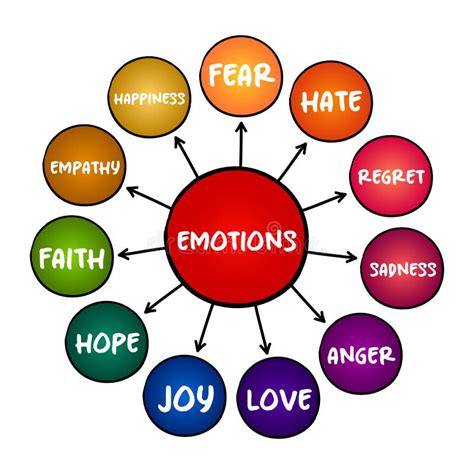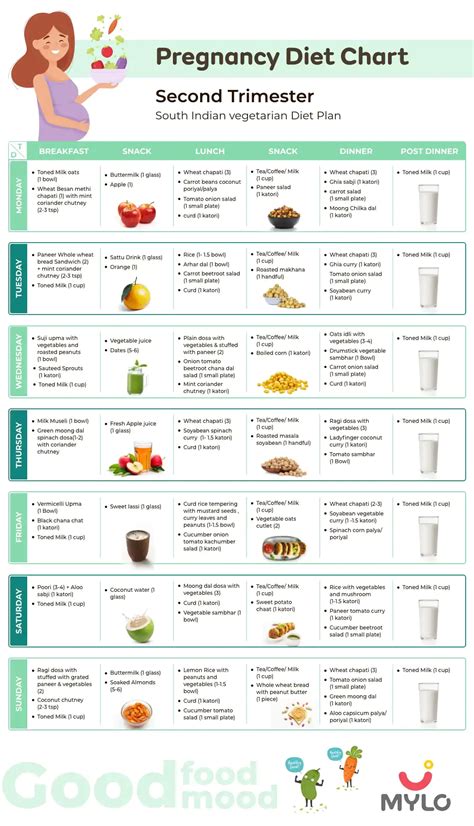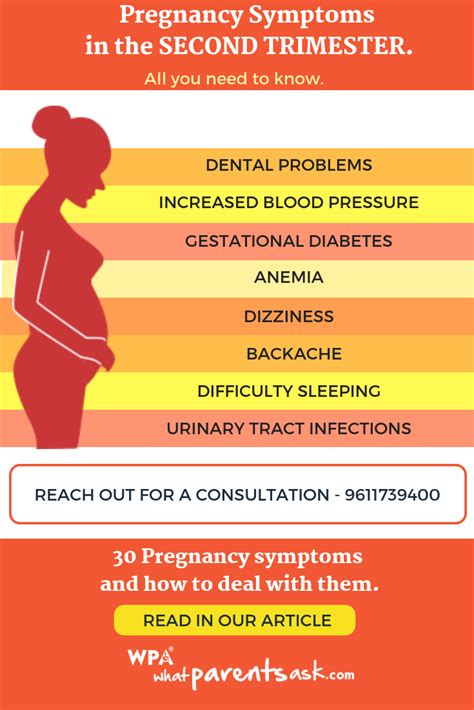Intro
Discover when the second trimester begins, its duration, and what to expect. Learn about fetal development, pregnancy symptoms, and prenatal care during this critical period, from week 13 to 26, and navigate a healthy second trimester with confidence and preparedness.
The second trimester of pregnancy is a critical period of fetal development and growth. It is essential for expectant mothers to understand the timeline and milestones of this trimester to ensure a healthy pregnancy. The second trimester typically starts around the 13th week of pregnancy and lasts until the 26th week. During this period, the fetus develops rapidly, and the mother's body undergoes significant changes.
As the second trimester begins, the fetus is approximately 3 inches long and weighs around 1 ounce. The major organs and body systems start to function, and the fetus becomes more active, swallowing, kicking, and even sucking its thumb. The mother may start to feel the baby's movements, which can be an exciting and reassuring experience. The second trimester is also a time when the risk of miscarriage decreases, and the pregnancy becomes more stable.
The second trimester is divided into three months, each with its unique characteristics and milestones. The 13th to 16th weeks are marked by the fetus's rapid growth, and the development of its senses, including vision, hearing, and taste. The 17th to 20th weeks see the fetus's skin thickening, and fat layers forming, which helps to regulate its body temperature. The 21st to 26th weeks are crucial for the development of the fetus's lungs, brain, and nervous system.
Second Trimester Overview

The second trimester is often referred to as the "golden period" of pregnancy. The morning sickness and fatigue of the first trimester start to subside, and the mother may experience a surge in energy and a sense of well-being. The baby's movements become more pronounced, and the mother may start to feel a sense of connection with her unborn child. However, it is essential to remember that every pregnancy is unique, and some women may continue to experience discomfort and complications during the second trimester.
Physical Changes During the Second Trimester
During the second trimester, the mother's body undergoes significant physical changes. The belly starts to expand, and the skin may stretch, leading to stretch marks. The breasts become larger and more tender, and the nipples may darken. The mother may experience back pain, pelvic pressure, and Braxton Hicks contractions, which are mild, practice contractions that prepare the uterus for labor.Emotional Changes During the Second Trimester

The second trimester can also be an emotionally challenging time for expectant mothers. The reality of pregnancy and parenthood may start to sink in, leading to feelings of anxiety, fear, and uncertainty. The mother may worry about her ability to care for the baby, her relationship with her partner, and her career prospects. It is essential for expectant mothers to prioritize their mental health and seek support from their loved ones, healthcare providers, and support groups.
Prenatal Care During the Second Trimester
Regular prenatal care is crucial during the second trimester. The healthcare provider will monitor the mother's blood pressure, urine, and blood tests to ensure that the pregnancy is progressing normally. The mother will also undergo ultrasounds to track the baby's growth and development. It is essential to attend all scheduled prenatal appointments and to follow the healthcare provider's recommendations for a healthy pregnancy.Second Trimester Diet and Nutrition

A well-balanced diet is essential for a healthy pregnancy. During the second trimester, the mother's body requires more calories, protein, and nutrients to support the baby's growth. The mother should focus on consuming whole, nutrient-dense foods, including fruits, vegetables, whole grains, lean proteins, and healthy fats. It is also essential to stay hydrated by drinking plenty of water and limiting sugary drinks and caffeine.
Second Trimester Complications and Risks
While the second trimester is generally considered a low-risk period, there are potential complications and risks that expectant mothers should be aware of. These include gestational diabetes, high blood pressure, and placenta previa. It is essential to attend all scheduled prenatal appointments and to report any concerns or symptoms to the healthcare provider promptly.Second Trimester Pregnancy Symptoms

The second trimester can be marked by a range of symptoms, including back pain, pelvic pressure, and Braxton Hicks contractions. The mother may also experience mood swings, fatigue, and sleep disturbances. It is essential to prioritize self-care and to seek support from loved ones and healthcare providers to manage these symptoms.
Second Trimester Exercise and Activity
Regular exercise and physical activity are essential for a healthy pregnancy. During the second trimester, the mother can engage in low-impact activities, such as walking, swimming, and prenatal yoga. It is essential to listen to the body and to avoid overexertion, as this can lead to complications and discomfort.Second Trimester Travel and Planning

The second trimester can be an excellent time to plan and prepare for the baby's arrival. The mother can start to think about nursery decor, baby clothes, and essential items, such as diapers and toys. It is also essential to plan for maternity leave, childcare, and financial arrangements.
Second Trimester Preparation and Planning
As the second trimester progresses, the mother should start to prepare for the baby's arrival. This includes attending prenatal classes, reading books and online resources, and joining support groups. The mother should also start to think about breastfeeding, baby care, and parenting styles.Second Trimester Checklist

To ensure a healthy and happy pregnancy, the mother should prioritize the following checklist:
- Attend all scheduled prenatal appointments
- Eat a well-balanced diet and stay hydrated
- Engage in regular exercise and physical activity
- Prioritize self-care and stress management
- Prepare for the baby's arrival by planning and preparing the nursery, baby clothes, and essential items
- Attend prenatal classes and support groups
- Read books and online resources to stay informed and prepared
Second Trimester Support and Resources
The second trimester can be an emotionally challenging time for expectant mothers. It is essential to prioritize support and resources, including:- Healthcare providers and prenatal care
- Support groups and online communities
- Partners and loved ones
- Mental health professionals and counseling services
- Online resources and educational materials
What are the most common symptoms of the second trimester?
+The most common symptoms of the second trimester include back pain, pelvic pressure, and Braxton Hicks contractions. The mother may also experience mood swings, fatigue, and sleep disturbances.
How can I manage my weight during the second trimester?
+To manage your weight during the second trimester, focus on consuming a well-balanced diet and engaging in regular exercise and physical activity. It is also essential to stay hydrated and to prioritize self-care and stress management.
What are the most important things to consider when planning for the baby's arrival?
+When planning for the baby's arrival, consider the following: nursery decor, baby clothes, and essential items, such as diapers and toys. It is also essential to plan for maternity leave, childcare, and financial arrangements.
As the second trimester comes to a close, the mother should feel proud of the progress she has made and the preparations she has taken to ensure a healthy and happy pregnancy. By prioritizing self-care, support, and resources, the mother can navigate the challenges of the second trimester and prepare for the arrival of her baby. We invite you to share your thoughts and experiences about the second trimester in the comments below and to explore our other resources and articles for more information and support.
